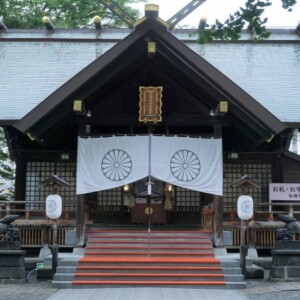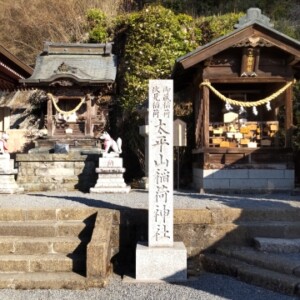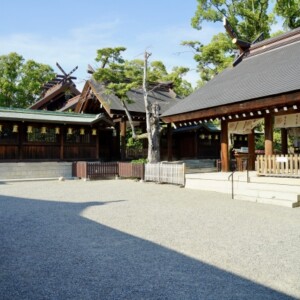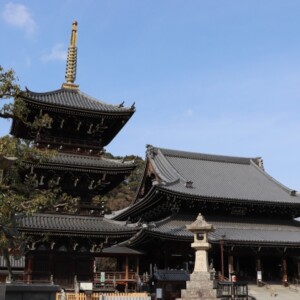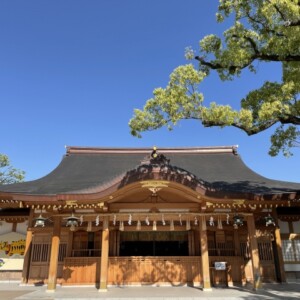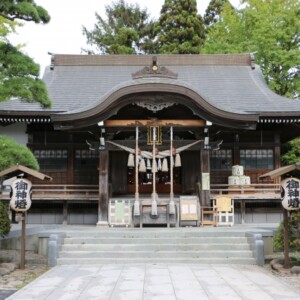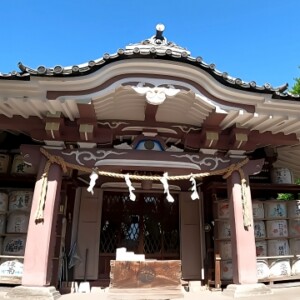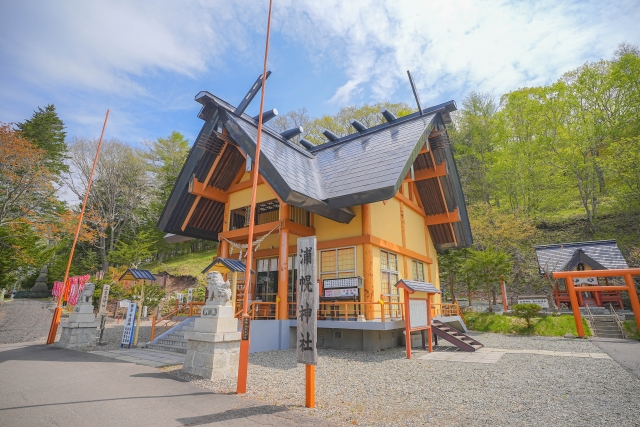
Urahoro Jinja|Complete guide to the history, highlights, and worship information of this historic pioneer shrine
Urahoro Shrine, located in the middle of Higashiyama (Higashi Mountain) in Urahoro Town, Tokachi-gun, Hokkaido, is a shrine with a long history that has been developed along with the pioneer settlers in the Meiji era. The shrine welcomes many worshippers with its history of being built as a spiritual support for pioneers and its distinctive shrine grounds, which are nationally known for the Nyushin Shrine and traffic safety prayers.
Outline and basic information about Urahoro Shrine
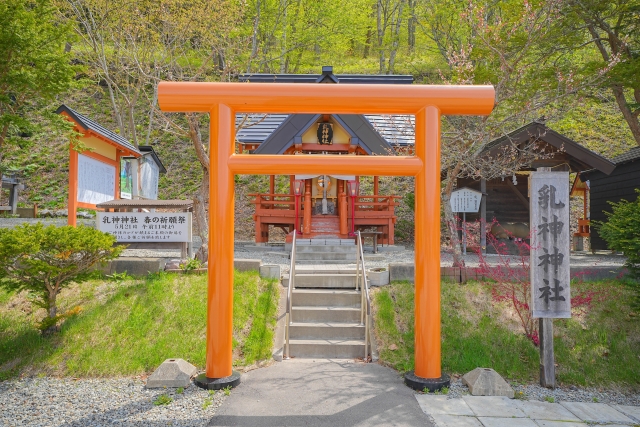
Urahoro Shrine is located in the urban area of Urahoro Town, which encompasses part of the Pacific coast, east of Hokkaido and east of Tokachi, on the border with the Kushiro Branch Office, and sits on the hillside of Higashiyama. Located on a hill overlooking present-day Urahoro Town, the shrine is well known as the general guardian of the community.
History and Origin
The history of Urahoro Shrine dates back to 1895, during the pioneer days of Hokkaido. In the 28th year of Meiji, Kenkichi Tsuchida and Kangoro Bando first established a community in Seigou Village (now Seigou, Urahoro) by managing farms, and the pioneers, all hoping for the blessings of the gods, made their living by cultivating the reclaimed land. As the commitment of the local people progressed under their leadership, it became urgent to establish a shrine to serve as a spiritual center for the residents.
The shrine was built and dedicated at Bando Farm on August 15, 1894, after receiving the sacred seal of “Amaterasu” from the Ise Jingu Shrine. Later, as the number of shrine parishioners increased, the urban area of Urahoro Village became centered on the present location, and the shrine was relocated to Higashiyama in the late Meiji period.
In the Showa period (1926-1989), a new shrine pavilion was built at the present location in December 1974, and the shrine celebrated its 100th anniversary in 1996. During this period, Obitomi Shrine, Chitose Shrine, and Tokiwa Shrine were enshrined together as part of the consolidation of local shrines.
Deities and Benefits
The deities enshrined at Urahoro Shrine are Amaterasu-Ookami (Amaterasu) and Yahata-Ookami (Yahata no Okami). Amaterasu is the supreme deity of Japan and the ancestral deity of the imperial family, and is believed to bring blessings of national security, a good harvest, and good fortune. Hachiman-taijin is widely worshipped as the god of military prowess, luck in victory, and protection from bad luck.
These deities attract worshippers seeking a wide range of blessings, such as family safety, business prosperity, success in school, health, and the fulfillment of one’s wishes. As a shrine with a history of pioneering, it is especially popular among those who are facing a new business venture or a turning point in their lives.
Urahoro Shrine Highlights and Features
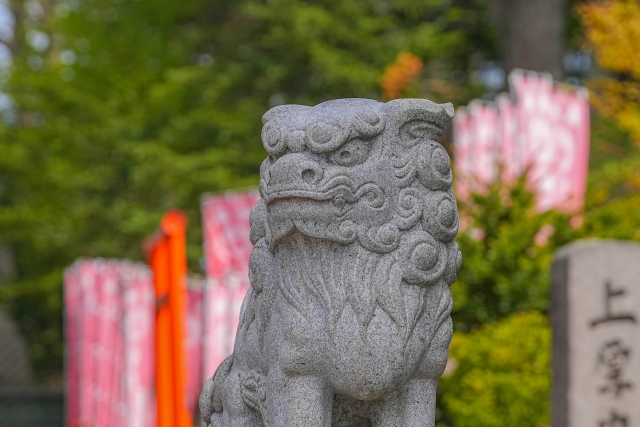
Urahoro Shrine’s main hall is majestic, and the unique group of shrines within the shrine grounds is a major attraction. The shrine is built in the Shinmei-zukuri style, with the main shrine building at its center, and the other shrines within the shrine grounds, each of which is dedicated to a different faith, are arranged in a unique way.
Architectural and Structural Attractiveness
The shrine is built in the Shinmei-zukuri style, with the main shrine building covering an area of 60 tsubo (198 m2) and the precincts covering an area of 13,500 tsubo (44,550 m2), providing ample space for visitors to relax and enjoy themselves.
The current shrine pavilion, built in 1974, is in the traditional Shinmei-zukuri style, characterized by its straight lines and simple beauty. The main shrine building, the hall of offerings, and the hall of worship are all in one structure, designed to make it easy for worshippers to offer prayers. From the precincts of the shrine, visitors can enjoy a panoramic view of the urban area of Urahoro and appreciate the location of the shrine, which has been watching over the development of the town since the pioneer days.
A Variety of Beliefs of the Shrine’s Precincts
The most distinctive feature of Urahoro Shrine is the group of shrines within its precincts, which are home to a wide variety of beliefs. The most famous shrine is the Nyushi-jinja Shrine. The origin of this shrine is that a large oak tree deep in the mountains of Setarai in Urahoro had a bump on its trunk that resembled an udder.
Locally known as “Nyugami-san,” the tree is believed to be a guardian deity of children, safe childbirth, marriage, and healing of illnesses (women’s diseases). Even today, the deity is enshrined in the shrine, and during the annual festival on May 21 and September 21, the doors of the main shrine are opened and the deity can be seen in person.
Other shrines on the grounds include Fushimi Inari Shrine (for prosperous business) and Mizuko Shrine (for memorial services for Mizuko), meeting the needs of worshippers with a variety of wishes. Urahoro Shrine is located along Route 38 connecting Takikawa City and Kushiro City, and is visited by many riders and cyclists from all over the country.
Guide to Prayer and Worship
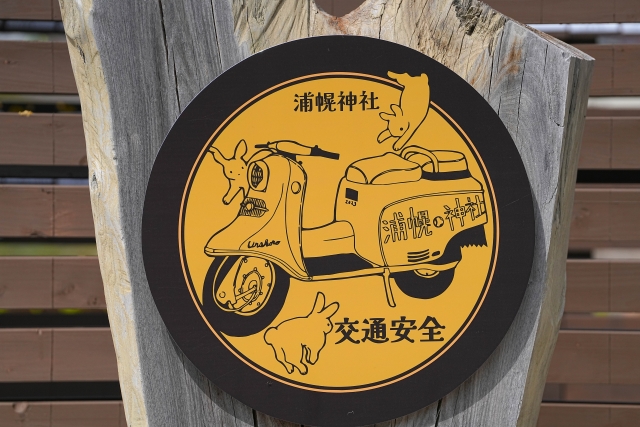
Urahoro Shrine welcomes visitors with a variety of festivals throughout the year. As a shrine with a pioneering history, it is a shrine where visitors can worship in a warm atmosphere rooted in the community.
Worship Etiquette and Manners
Worship at Urahoro Shrine is conducted in accordance with the general manners of shrine visits. When passing through the torii gate, bow and walk away from the center of the path. After purifying yourself at the water fountain, you should bow in front of the hall of worship in the manner of “ni-ai ni clap, ni clap, ippai” (two hands, two beats, one hand).
The same etiquette should be followed when visiting each of the many shrines within the shrine precincts. The Nyushin Shrine in particular is visited by many people who wish for the safe delivery of children, so it is important to visit the shrine in a quiet and reverent manner. In addition, when using the Traffic Safety Business Card Dedication Station, fill in the required information on a special prayer business card and dedicate it.
Annual and Seasonal Events
May 20 Urahoro Shrine Spring Festival May 21 Nyushin Shrine Spring Festival Last Sunday eve of August Summer Mikoshi Togyo Festival Yoimiya Festival Last Sunday in August Summer Mikoshi Togyo Festival Main Festival September 20 Urahoro Shrine Autumn Festival September 21 Nyushin Shrine Autumn Festival is the main annual event.
The Spring Festival is an opportunity to offer thanks to the gods in the season of fresh greenery, and the Spring Festival at Nyushin Shrine in particular is a rare opportunity to see the go-shintai directly. The summer Mikoshi-togyo Festival is the largest festival in the area, and the entire town of Urahoro is filled with festive atmosphere. The Autumn Festival is an important event to express gratitude for the year’s harvest and to wish for a bountiful harvest in the coming year.
In addition to these festivals, monthly prayer services and special prayers are held as needed to meet the various wishes of worshippers.
Red Seal and Good Luck Charm Information
Urahoro Shrine offers a variety of red seals. There are several types of red seals, such as the Urahoro Shrine red seal for the first time (500 yen), the Nyushin Shrine red seal for the first time (500 yen), and the monthly limited edition red seal for the first time (800 yen).
The monthly limited edition red seal, whose flowers and trees change with the seasons, is so popular that some visitors come to collect it every month, and features a cute design of animals appearing at Urahoro Shrine surrounded by flowers. Also popular are the red seals of the four deities (Seiryu, Suzaku, Byakko, and Genbu), such as the Four Deities Goshuin Seiryu (Blue Dragon), Hajime (Suzaku), Byakko (White Tiger), and Genbu (Genbu), set of 4 (800) for a first fee of 2,500.
As for good luck charms, items popular among riders and travelers are available, such as the motorcycle sticker amulet specialized for traffic safety and the safe frog sticker amulet. The Nyushin Shrine also offers amulets for safe childbirth, and there are amulets for a variety of wishes.
Access and Use Information

Urahoro Shrine is located along Route 38 and is conveniently accessible by car. It is also relatively easy to access from major cities such as Sapporo, Obihiro, and Kushiro, making it a popular stopover during sightseeing in the Tokachi region.
Traffic Access
By car: Approximately 3 hours and 45 minutes from Sapporo *Get off at the Ikeda IC of the East Hokkaido Expressway. It takes about 1 hour from Obihiro and about 1 hour and 30 minutes from Kushiro. From the Ikeda Interchange on the East Hokkaido Expressway, head east on Route 38, passing through the urban area of Urahoro Town, and you will find the shrine.
By public transportation, it takes about 3 hours and 30 minutes from Sapporo Station to JR Urahoro Station by express, about 45 minutes by express and about 70 minutes by ordinary from Obihiro Station, about 60 minutes by express and about j90 minutes by ordinary from Kushiro Station. 12 minutes walk from JR Urahoro Station to Urahoro Shrine is the shortest way to visit the shrine.
Since Route 38 is a major road connecting Kushiro and Obihiro, many worshippers stop by during touring or driving, and the location is easy to find from the road, as some say they have seen many banners of the shrine erected along the national highway and decided to enter and have a look.
<Access> 18-1 Aza Higashiyama-cho, Urahoro-cho, Tokachi-gun, Hokkaido, 089-5612 Japan
Hours of Admission, Fees, and Parking
The Urahoro Shrine grounds are basically open 24 hours a day, but shrine services such as red seals and prayers are conducted during daytime hours. We recommend that you contact the shrine in advance for detailed information on hours of operation.
There is no fee for visiting the shrine, and anyone can freely enter the shrine grounds. There is a fee for each red seal, prayer, and amulet.
As for parking, we have been informed that there is a parking lot located on the mountain side from the national highway, and parking spaces are available for visitors. The parking lot is large enough to accommodate visitors with large vehicles or those stopping by on a touring trip, allowing many visitors to park their cars without worry.
The shrine can be contacted by phone at 015-576-2448 or fax at 015-578-7071. If you wish to have a special prayer or a Shinto wedding ceremony, you need to make a reservation in advance. Those who wish to have motorcycle or car exorcisms also need to contact us in advance to facilitate the process.
Some events, such as the viewing of the Nyushin Shrine’s sacred body and the awarding of limited edition red seals, are limited to certain times of the year, so it is recommended to check in advance if you wish to visit the shrine for a specific purpose. Since many festivals are held throughout the year, you will be able to experience the charm of the shrine even more if you visit on the days of the festivals.
Refer to the following websites
Urahoro Shrine official website: https://www.urahorojinja.org/
Urahoro Shrine, Hokkaido Jinja Agency: https://hokkaidojinjacho.jp/浦幌神社/



